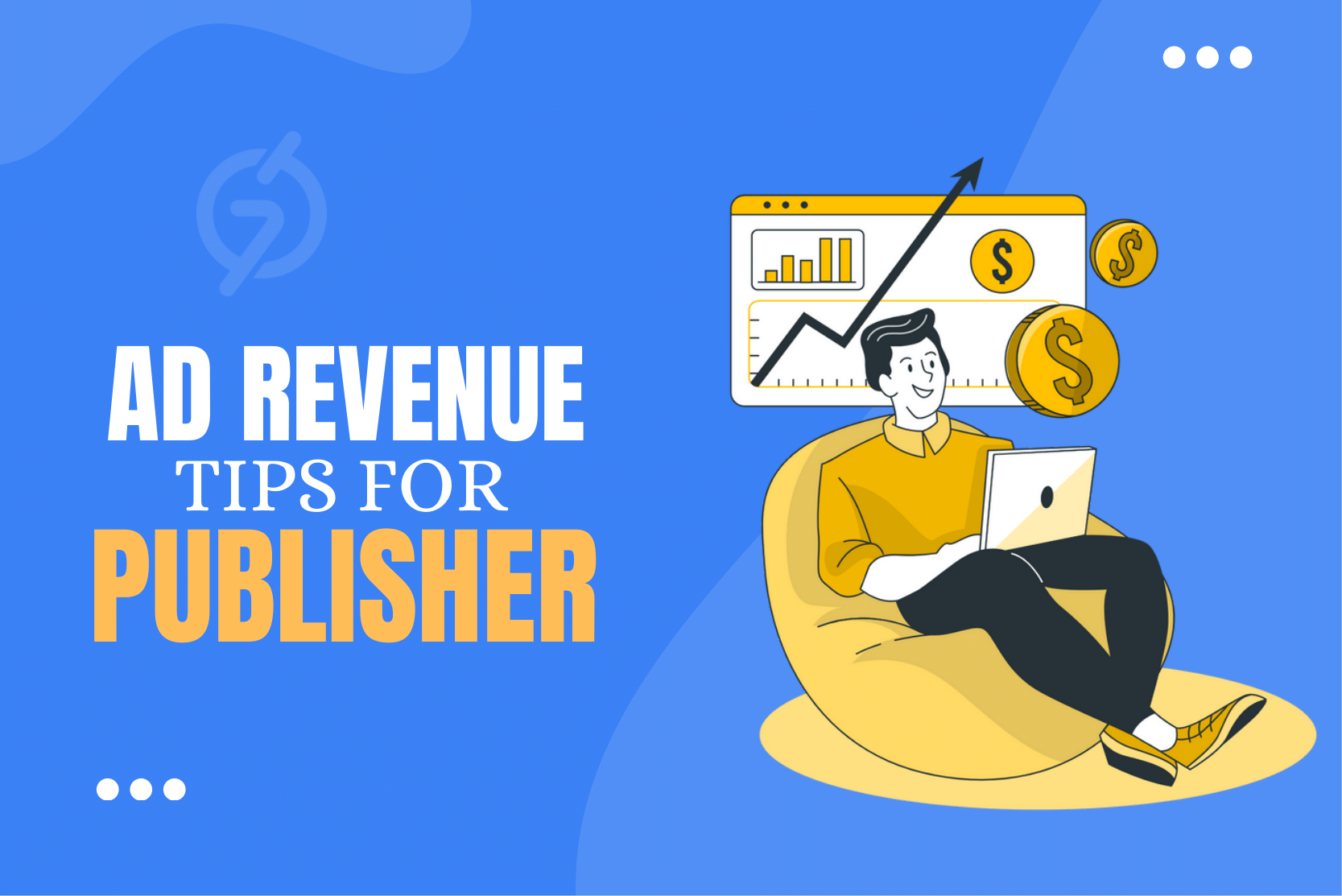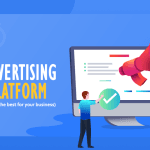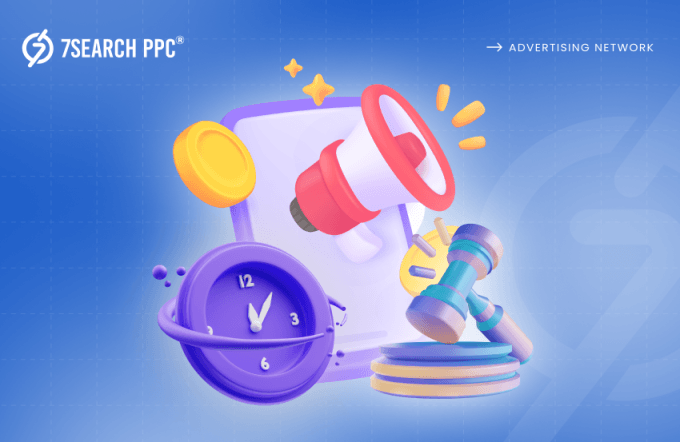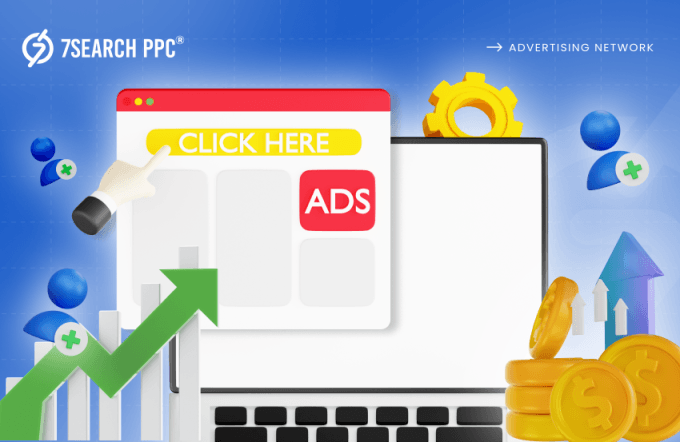When you look at guides for generating ad revenue through sites, you will find a strong focus on online ads. This strong focus on ads has overshadowed many factors, one of which is user experience. We don’t understand why publishers don’t focus on that holistic balance. We started our research and found that the craving to earn more money through ads often leads to neglecting the crucial aspect of user satisfaction. However, the fact is you don’t earn money; even at some point, you will start to lose it if you sacrifice user experience for ad revenue.
User experience covers everything from a physical reward to a rewarding sense of accomplishment. Let’s look at the process: from entering a search query, looking through the results, clicking on your link, waiting for the page to load, to finally consuming the content. Each step requires effort from the visitor, and each step contributes to their satisfaction.
It is important to recognize this effort with an outstanding website experience. When a website does not meet expectations, users often go back to the search results. Continued bounce-backs can negatively impact SEO, leading to reduced traffic and potential revenue loss.
If you focus on improving user experience, then you not only increase their satisfaction but also improve SEO performance. And what about revenue? Yes, balancing the ads and UX will attract consistent traffic and maximize revenue opportunities for you as well.
So, how do we achieve a balance between ad revenue and UX? Let’s explore the formula of balancing a fantastic user experience with strategic ad placements.
Why does a Publisher Focus on Generating Ad Revenue?
Managing a website is not as easy as it seems. It requires dedication and financial effort. Ad revenue is a primary way for publishers to finance the creation of high-quality content. This content can range from news articles and blog posts to videos and podcasts. Without ad revenue, many publishers would struggle to produce the content that users rely on. They would either need to charge users directly for access or cut back on the amount of content they produce.
In addition to monetizing content creation, ad revenue also allows publishers to make a profit. This profit can be used to reinvest in the website and improve the overall quality of the content. It can also be used to pay dividends to shareholders or partners (which is why we mention it).
Apart from that, there are other benefits of generating revenue through a website, which we are going to discuss in the next section.
Perks of Earning Ad Revenue from a Website
Generating advertising revenue from a website provides numerous attractive benefits for publishers. Some of them are given below:
Passive Income Potential
Ad revenue can turn your website into a money-making machine that earns for you even while you sleep. Once you set up the ads, they continue to generate income based on user traffic. This makes you feel free to concentrate on producing fantastic content while also earning on the side.
Scalability with Growth
As your website attracts more visitors, your potential ad revenue increases. This type of scalability is good for the growth of your website because the more people you reach, the more ad impressions are served, which can translate to a significant income boost.
Monetization Flexibility
Ad networks provide different ad formats, such as In-page push ads, Text ads, and Native ads. You can choose the ad format that perfectly fits your website’s design and user experience. This flexibility allows us to maintain a balance between earning income and preserving a positive user experience.
Valuable Audience Insights
Ad platforms provide detailed insights into your audience and their interests. This information is invaluable for adjusting your content strategy to reach the right people and increase ad revenue.
Low barrier to Entry
Compared to alternative methods of making money, such as selling products or services, advertising revenue has a lower barrier to entry. You don’t need a large inventory or upfront investment. With some basic steps, you can start displaying ads and potentially begin earning right away. This way, you can generate income that you can’t imagine in your dreams.
These are the benefits you have learned. Now, it’s important to understand why balancing online ads and user experience is crucial.
The Necessity of Balancing Ad Revenue and User Experience
Imagine a publisher as a store owner. They rely on customers (in this case, viewers) to come to the store and engage with their products (the content). Online ads are similar to salespersons in the store. They can be useful in highlighting interesting products (relevant ads), but an excessive number of overly aggressive salespeople (intrusive ads) will make a bad experience for customers.
Here is why balancing ad revenue and user experience (UX) is crucial for publishers:
Increased Revenue
A positive user experience keeps people staying on your website for a longer time. This means more users will see the ads you display, and more users engaged with your content are more likely to click on those ads. This translates to higher revenue from advertising for publishers.
Improved Brand Reputation
When users are happy with the experience on your site, including the way ads are presented, they associate your brand with a positive feeling. This leads to a better reputation, which can attract future advertisers who want to be associated with a trusted platform.
Reduced Ad Blocking
Users who are constantly bombarded with intrusive ads are more likely to install ad blockers, which completely cut off a publisher’s ad revenue. By finding a balance and keeping ads user-friendly, publishers can encourage users to see the ads, thereby helping to fill their wallets.
User Retention and Engagement
A positive user experience encourages repeat visits from visitors. Excessive or intrusive ads can frustrate users, leading to higher bounce rates and lower engagement.
Revenue Stability
While ads are crucial for generating revenue, an excessive amount of them can drive users away. A balanced approach ensures a steady income stream without compromising the use base.
Proven Strategies to Balance Ad Revenue and User Experience
Finding the perfect balance between advertising revenue and user experience (UX) is an ongoing struggle for publishers. Below are some proven tactics to achieve this balance:
Prioritize User Experience with Strategic Ad Placement
First of all, you must ensure that your users are not bombarded with too many ads. Position them carefully, taking into account factors such as content type and user flow. Although prime ad locations like “above the fold” (immediately visible upon loading) can be effective, it’s best to use them sparingly. Consider using sidebar placements or in-content placements that blend in seamlessly without disrupting readability.
Data-Driven Personalization
Having data organized in a table provides publishers with a clear roadmap. This roadmap allows them to easily target the right audience and tailor content for maximum impact. You can use website analytics to learn about who visits your site, what they like, and what they engage with. This information helps you show online ads that match their interests, making the ads more relevant and less annoying.
When ads fit well with what users are looking for, they’re more likely to click on them. This approach benefits publishers, as it improves user experience, which increases the chances of generating more ad revenue.
Expand Ad Format Options
Try beyond regular banner ads. Test out video ads, native ads that blend well with your content, and even interactive ads that get users involved. Using different ad formats like these cater to different user likes and keeps the website experience interesting and enjoyable.
Focus on Ad Quality
Low-quality or irrelevant ads can annoy viewers and make them leave your site. To keep users happy, work with trustworthy ad networks and enforce strict standards for ads that are helpful and valuable to them.
Consider Alternative Revenue Streams
Besides ad revenue, consider other ways to make money. You could offer subscriptions, premium content, or sell products online. Having different income sources means you’re not only dependent on online ads. This helps you focus on giving users a good experience while staying financially stable.
By doing this, you can place a few ads on your site that blend in with your website, making it visually uncluttered for your viewers.
Conclusion
While ad revenue is crucial for publishers, neglecting user experience (UX) to maximize ads can backfire. Users who are bombarded with intrusive ads are more likely to leave and use ad blockers. A positive UX, on the other hand, leads to higher engagement, ad clicks, and revenue.
Techniques like strategic ad placement, data-driven personalization, using a variety of ad formats, and focusing on ad quality can all help publishers achieve this balance. Additionally, exploring alternative revenue streams can lessen dependence on ads, allowing publishers to focus on UX without sacrificing income.
Frequently Asked Questions (FAQs)
Why do publishers care so much about ad revenue?
Ans. Websites cost money to run, and online ads are a common way for publishers to cover those costs and make a profit. This allows them to keep creating high-quality content for their visitors.
What exactly is user experience (UX)?
Ans. It’s everything that affects how you feel while using a website. This includes how easy it is to find what you are looking for, how fast the pages load, and how the ads are displayed.
How does good UX help websites make money?
Ans. Happy visitors stay on a website longer and are more likely to see and click on ads. This translates to more revenue for the publisher.
What are some strategic ad placements?
Ans. Putting ads where they won’t block the content you’re trying to see is key. Sidebars and in-between content placements are good options.
How do publishers achieve a good balance between ad revenue and user experience?
Ans. There are a few tricks! Placing ads strategically, using data to show relevant ads, and offering different ad formats all help create a good experience for users.


















